Student streaming is a common trend in world education. Some countries stream students right after primary school, such as Singapore or Germany, but most countries stream students after secondary school, that is, when students finish the basic education stage.
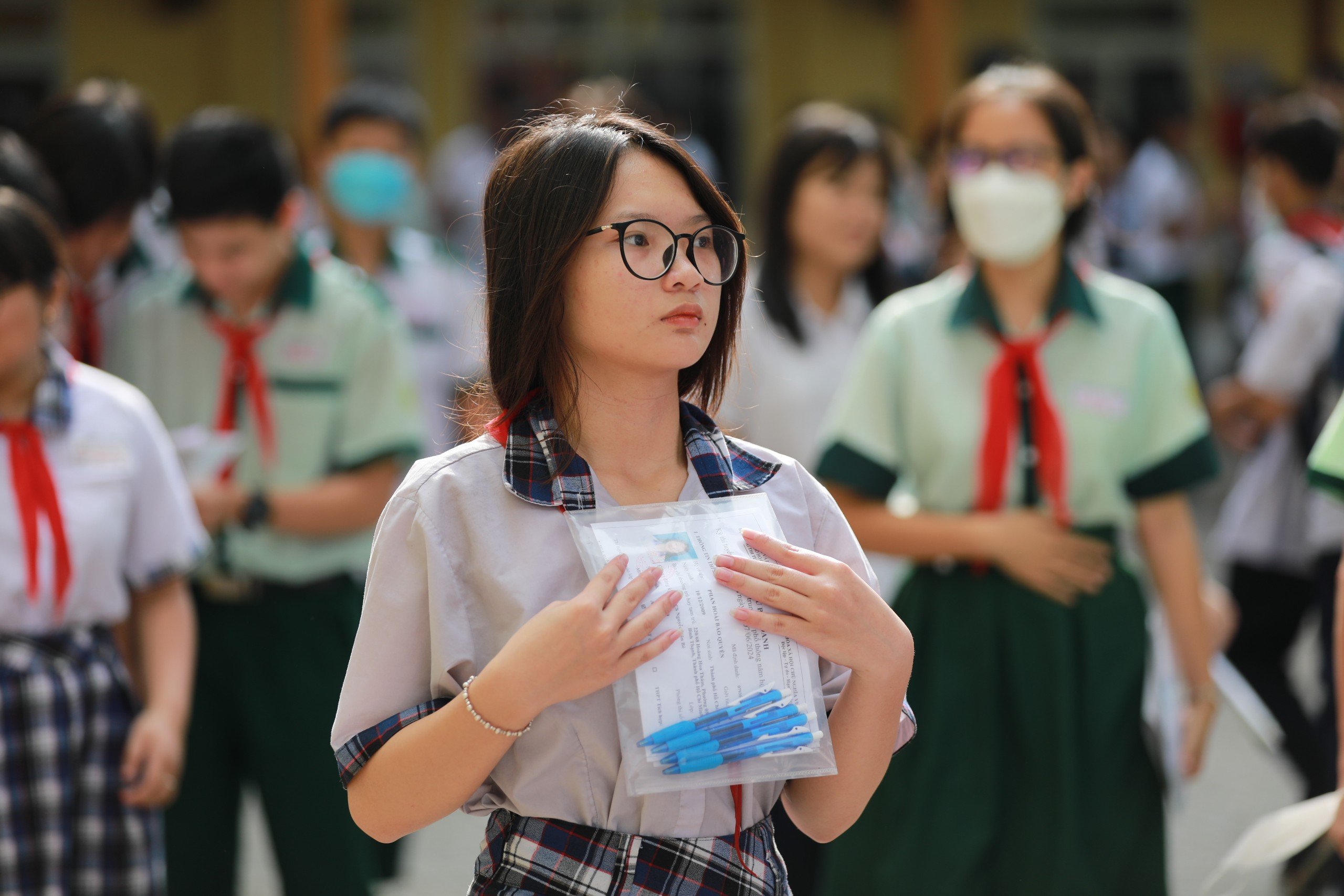
Due to many factors, the 10th grade exam in big cities like Ho Chi Minh City and Hanoi is often quite stressful.
C SYNCHRONIZATION POLICY
In our country, PLHS is a consistent policy in the educational policy of the Party and the State. Resolution No. 29-NQ/TW defines the goal: "To ensure that students with secondary school qualifications have basic general knowledge, meet the requirements of strong streaming after secondary school, high school students must approach careers and prepare for quality post-secondary education...".
To achieve the above goal, the National Assembly, the Government and relevant ministries have issued increasingly synchronous and complete legal documents on criminal proceedings.
First of all, it is the Law on Vocational Education (VET) issued by the National Assembly in 2014, which fully regulates VET.
Next, the policy of strong post-secondary education is specified in Decision No. 1981/QD-TTg dated October 18, 2016 of the Prime Minister approving the framework of the national education system. Secondary school graduates can continue to study in one of the following four streams: high school; primary vocational education; vocational training; and high school under the vocational training system. The target stream is all secondary school graduates, aged 15, not just average and weak students.
In addition, the general education program issued under Circular No. 32/2018/TT-BGDDT stipulates that it is divided into two stages: basic education stage (from grade 1 to grade 9) and career orientation education stage (from grade 10 to grade 12). This regulation is consistent with the world education on PLHS.
Not to mention, the 2019 Education Law stipulates that career guidance and student welfare are closely linked.
The Project "Career Guidance and Student Orientation in General Education for the 2018-2025 Period" issued under Decision No. 522/QD-TTg of the Prime Minister, sets the target: By 2020, at least 30% of junior high school graduates will continue to study at primary and intermediate vocational education institutions; for localities with particularly difficult socio-economic conditions, the target will be at least 25%; by 2025, the above two rates will be 40% and 30%, respectively.
The Government issued Decree No. 81/2021/ND-CP stipulating the mechanism for collecting and managing tuition fees for educational institutions in the national education system and policies on tuition exemption and reduction, support for learning costs, and service prices in the field of education and training. This Decree stipulates exemption of vocational training tuition fees for "Graduates of lower secondary school who continue to study at the intermediate level".
The Ministry of Education and Training issued Circular No. 15/2022/TT-BGDDT, regulating the teaching of high school cultural knowledge in vocational education institutions for students with junior high school diplomas. After students have studied and passed the exam, they will be granted a certificate of meeting the high school cultural knowledge requirements by the vocational education institution to study at a higher level of vocational education. Circular No. 01/2023/TT-BGDDT promulgates the regulations on the organization and operation of vocational education and continuing education centers.
Thus, since Resolution No. 29, our country has gradually issued legal documents, decrees, circulars, policies, and solutions on vocational training in a synchronous manner, creating conditions for junior high schools, high schools, and vocational education institutions to carry out career guidance, vocational training, and vocational training more conveniently and effectively.
DISTRIBUTION RESULTS ARE STILL FAR FROM THE TARGET
According to the Ministry of Labor, Invalids and Social Affairs, in the period 2016 - 2020, the number of junior high school graduates going to vocational school was 980,620 people, accounting for about 66.83% of the total number of students entering vocational school, corresponding to each year there are about 196,124 junior high school graduates entering vocational school, accounting for nearly 15%.
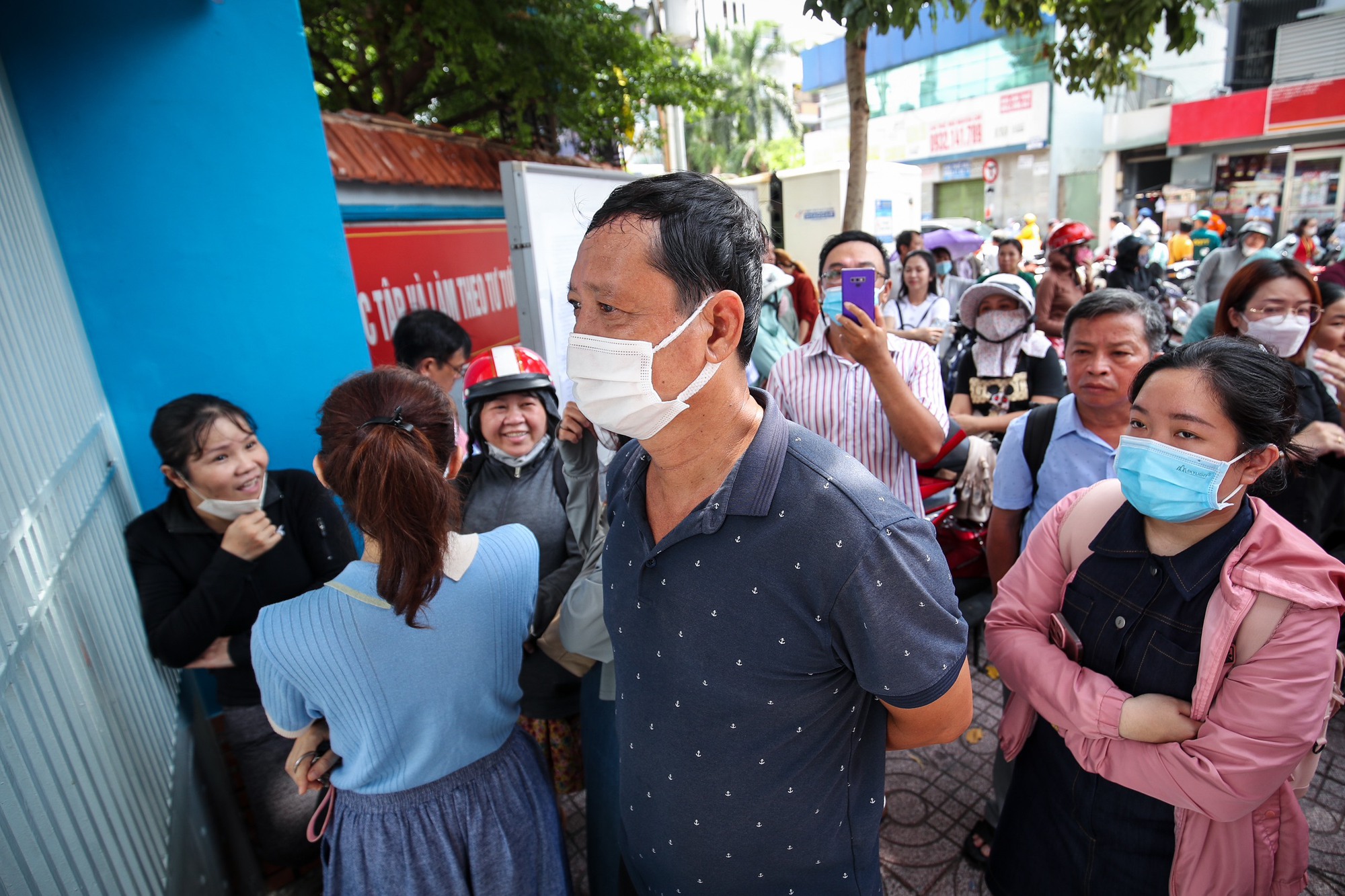
Every year, when candidates enter the 10th grade exam room, their parents are nervous, worried, and tense outside the exam room.
Nationwide, post-secondary education still faces many difficulties and is far from the set target. According to Associate Professor, Dr. Do Thi Bich Loan (Vietnam Institute of Educational Sciences), most provinces/cities have over 75% of students continuing to high school after secondary school, even over 80%, 90% in some localities. Mountainous provinces face even more difficulties. For example, according to data from Gia Lai College, in the period 2018 - 2021, the average number of secondary school students going to high school in the whole province is about 80%, 1.8% studying at vocational schools, 5.53% studying at primary schools and 11.9% participating in the labor force.
In order to implement the goal of strong streaming after secondary school, in the recent period, some big cities such as Ho Chi Minh City, Hanoi, Da Nang, Hai Phong... have reduced the quota for grade 10 in public schools.
A typical example is Ho Chi Minh City, a locality with many advances in post-secondary education, the rate of students entering grade 10 of high school is decreasing: In 2014, the rate of secondary school graduates attending high school reached 86.03%, in 2015 it reached 81.09%, in 2019 it reached 76.85%, in recent years it has reached over 70% (both public and private). Of the remaining students, nearly 30% study at primary, vocational or college levels, study abroad, and study at vocational education and continuing education centers. This is a positive direction, ensuring strong streaming after secondary and high school with quality. Thanks to that, in recent years, Ho Chi Minh City has always been in the top 10 of the high school entrance exam and every year, over 70% of students pass the university entrance exam out of the total number of high school graduates.
In recent years, the quota for public 10th grade admission in Hanoi has fluctuated around 60 - 70%.
However, due to the reduction in public enrollment quotas, along with problems such as lack of schools, uneven education quality, and parents not wanting their children to go to vocational school, tension has arisen during the 10th grade entrance exam in big cities such as Ho Chi Minh City and Hanoi.
For example, in Hanoi, with a population of over 8 million, the capital needs at least 415 high schools but currently lacks about 150 schools. Mr. Tran The Cuong, Director of the Hanoi Department of Education and Training, said that every year due to the mechanical population growth, the number of students applying for grade 10 in the city increases rapidly, while the number of newly built and supplemented schools and classes has not yet met the needs of the people.
Vocational education is still separate from general education.
There are many reasons why the post-secondary education system has not met expectations. First of all, the majority of parents and students want to have a degree, at least a high school diploma, and then they can go to university, learn a trade, go abroad or directly participate in the labor force.
In countries with advanced education, vocational education is integrated with general education and university education. Therefore, high schools include: high school technology (for students who will continue to university), vocational high school (for students who want to enter the workforce early) and combined/comprehensive high school (with vocational training and supplementary cultural training and high school cultural training with vocational training for good and excellent secondary school students).
In Vietnam, vocational education and general education are managed by two ministries, so general education is generally high school (regular high school, specialized high school). Even in vocational education and continuing education centers, students mainly study the continuing education system at high school level, vocational training is very little and is gradually decreasing, almost zero.
The "9+ Training" model at vocational colleges is a new training direction (similar to Japan), attracting many good and excellent junior high school graduates. With this training system, students study both vocational college (free of tuition) and general education according to the continuing education system. However, there are two obstacles: first, students who want to study for the high school diploma must study general education at vocational education and continuing education centers; second, most students entering the 9+ system are average and weak students, making it difficult to ensure the high intensity and high demands of study, many students cannot keep up and drop out. (to be continued)
Solutions to reduce stress in 10th grade exams
First of all, it is necessary to widely disseminate laws, policies, and solutions for human rights in society. Vocational education needs to raise awareness and career choice ability for students, while affirming that workers in today's society do not only know one profession but must know many professions and study throughout their lives to easily change jobs.
The State, ministries, and sectors create conditions, and especially junior high schools encourage good and excellent students to study in the "9+ Training" system at vocational colleges. According to the PISA assessment results for 15-year-old students by OECD, Vietnamese students always rank high, above the average of OECD countries, thereby affirming that, after the age of 15 (junior high school), they are qualified to pursue a suitable career early.
Vocational colleges and vocational education and training centers need to coordinate easily and conveniently for the benefit of learners by improving the quality of vocational training and creating conditions for students to take exams and obtain high school diplomas.
The education sector and the labor, war invalids and social affairs sector coordinate to build an information system to forecast local human resource needs, training needs, and training level structure to effectively serve vocational education in junior high and high schools.
Source: https://thanhnien.vn/giam-cang-thang-thi-lop-10-giai-bai-toan-phan-luong-185240619215636982.htm


![[Photo] Solemn Hung King's Death Anniversary in France](https://vstatic.vietnam.vn/vietnam/resource/IMAGE/2025/4/6/786a6458bc274de5abe24c2ea3587979)
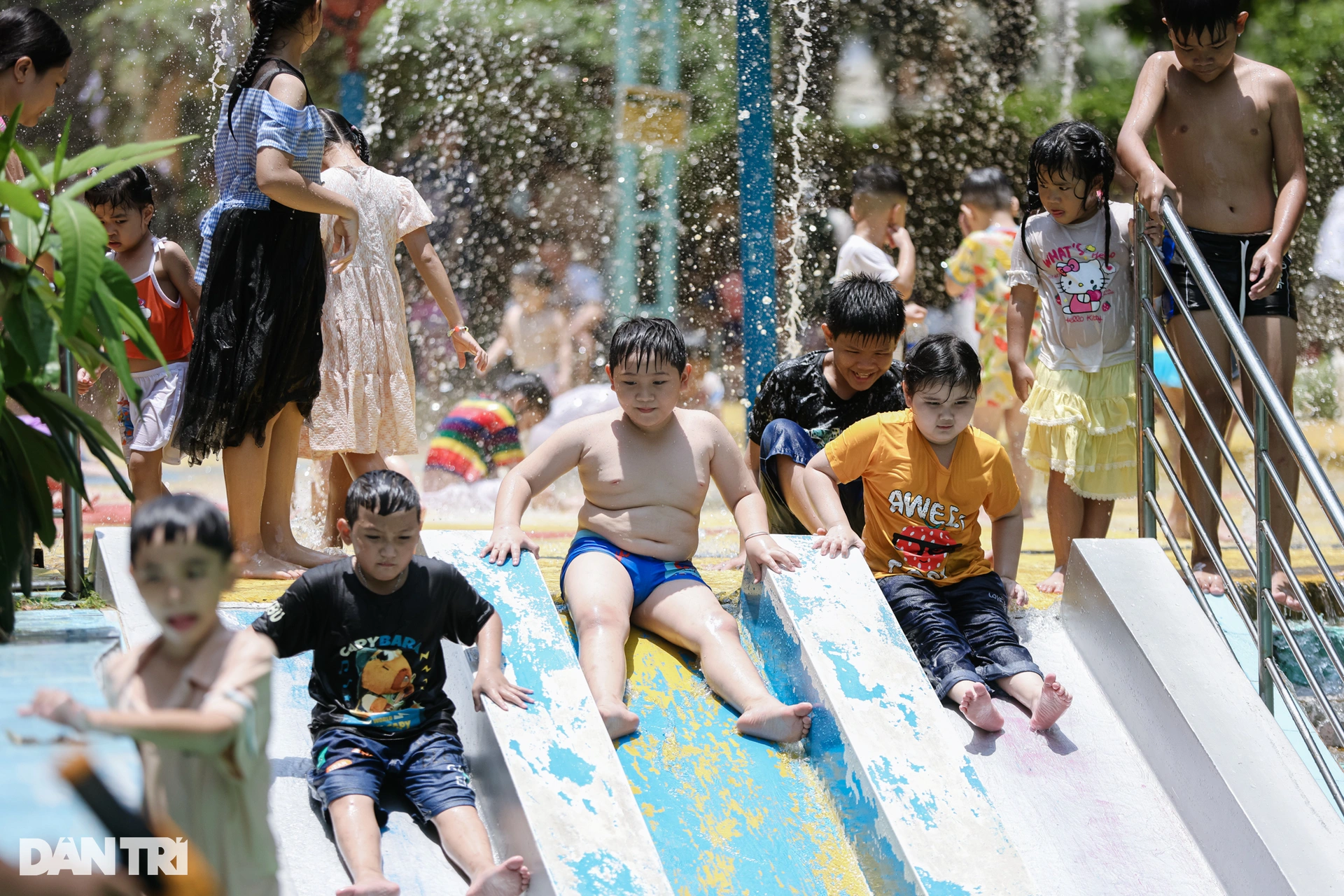
![[Photo] Military doctors in the epicenter of Myanmar](https://vstatic.vietnam.vn/vietnam/resource/IMAGE/2025/4/6/fccc76d89b12455c86e813ae7564a0af)
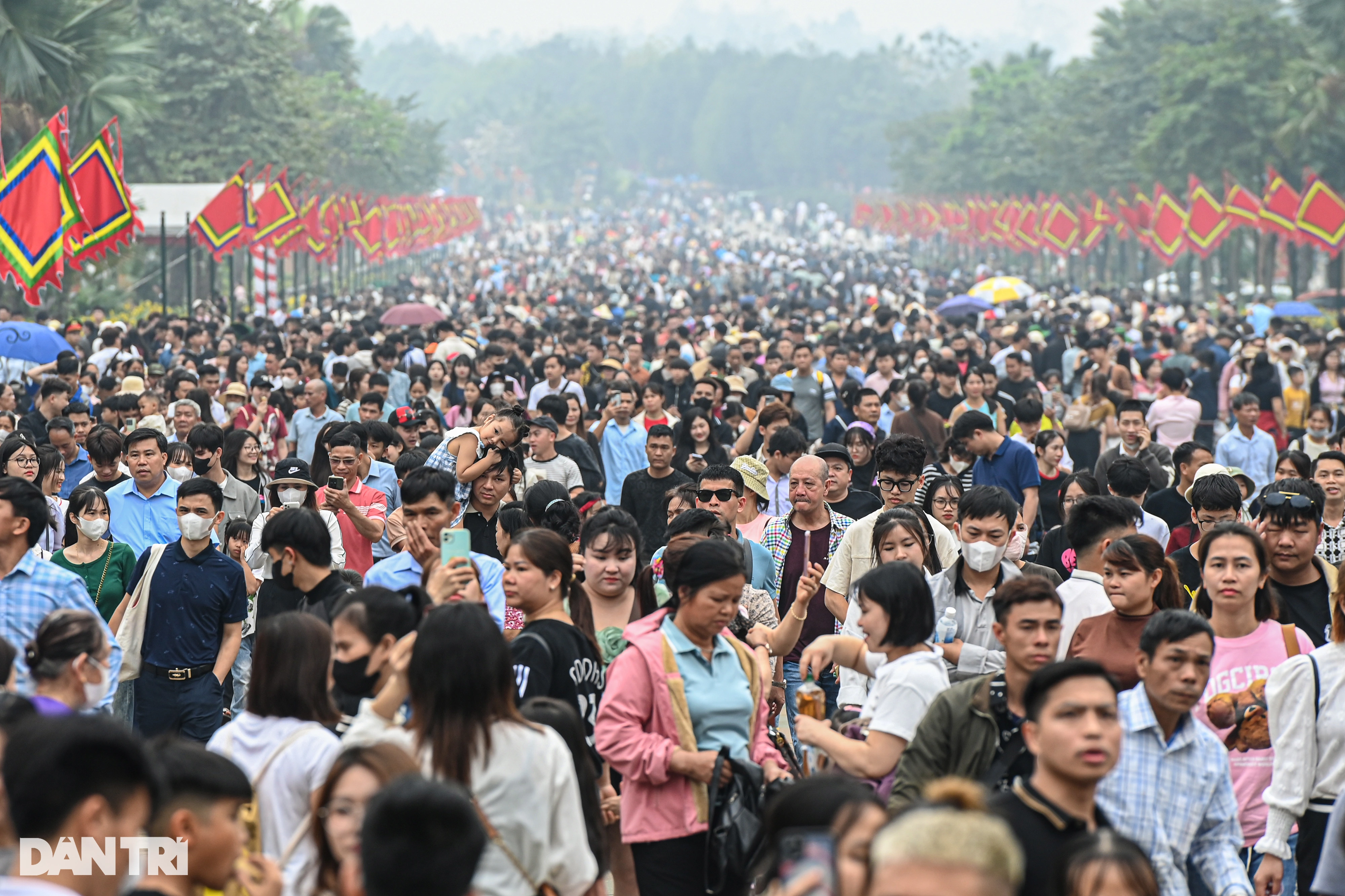
![[Photo] Vietnamese rescue team shares the loss with people in Myanmar earthquake area](https://vstatic.vietnam.vn/vietnam/resource/IMAGE/2025/4/6/ae4b9ffa12e14861b77db38293ba1c1d)
![[Photo] Prime Minister Pham Minh Chinh chairs the regular Government meeting in March](https://vstatic.vietnam.vn/vietnam/resource/IMAGE/2025/4/6/8393ea0517b54f6791237802fe46343b)
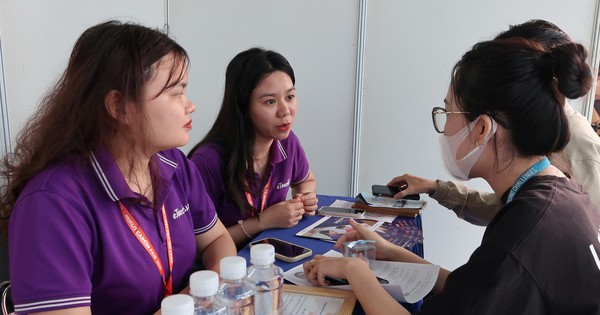


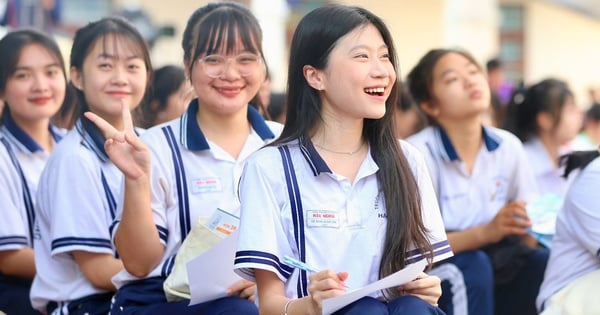



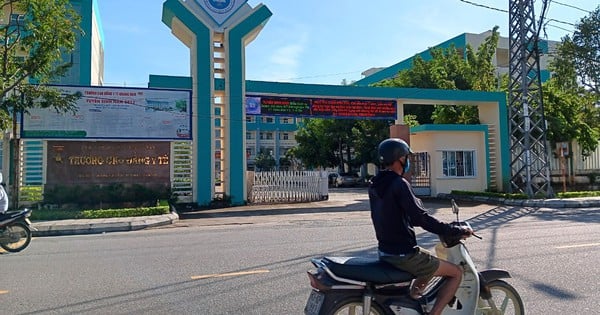



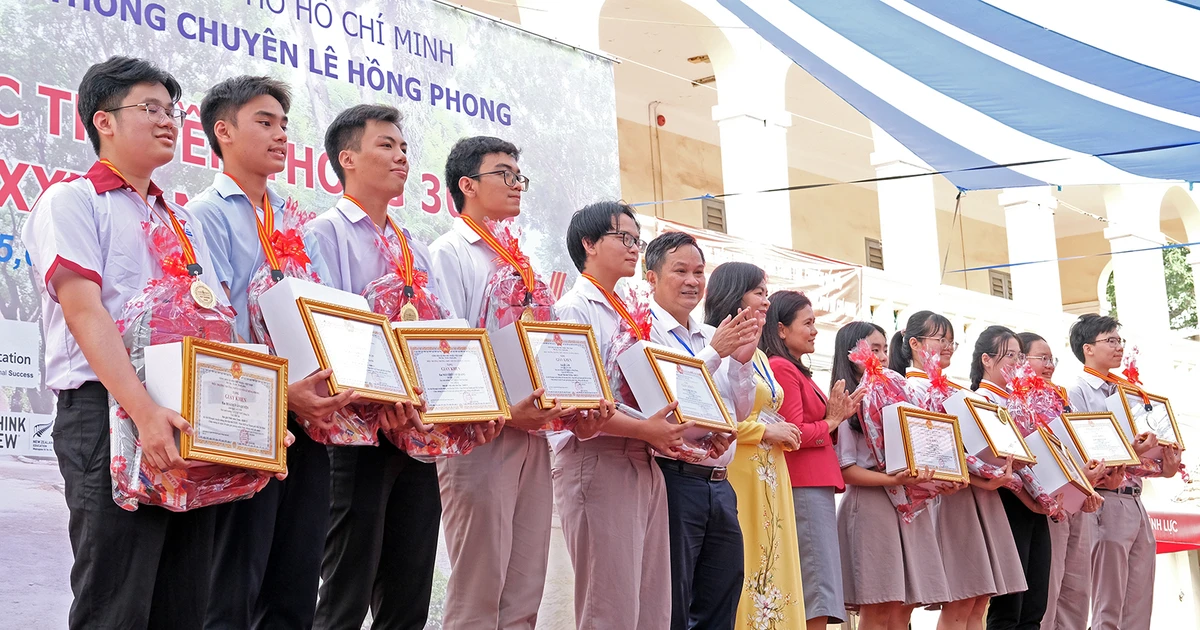

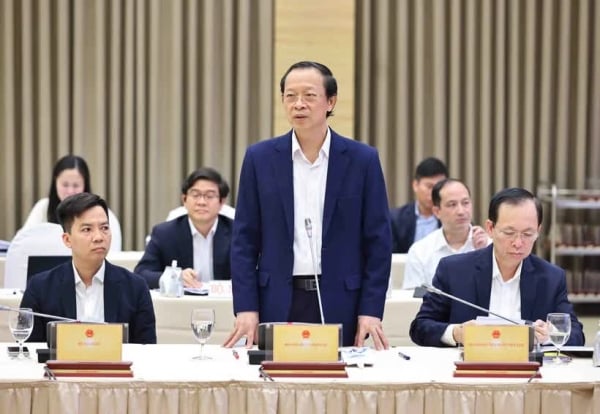

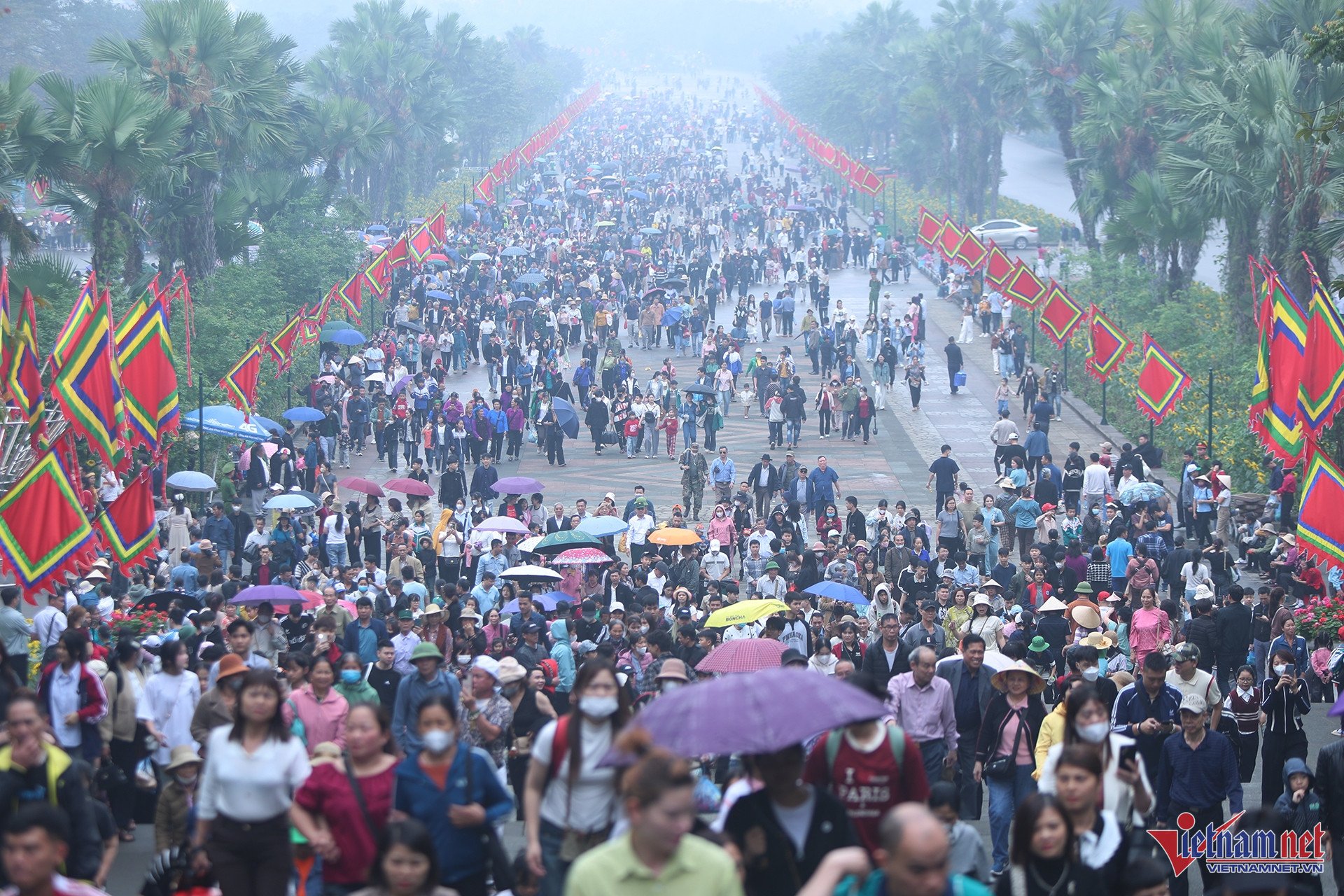

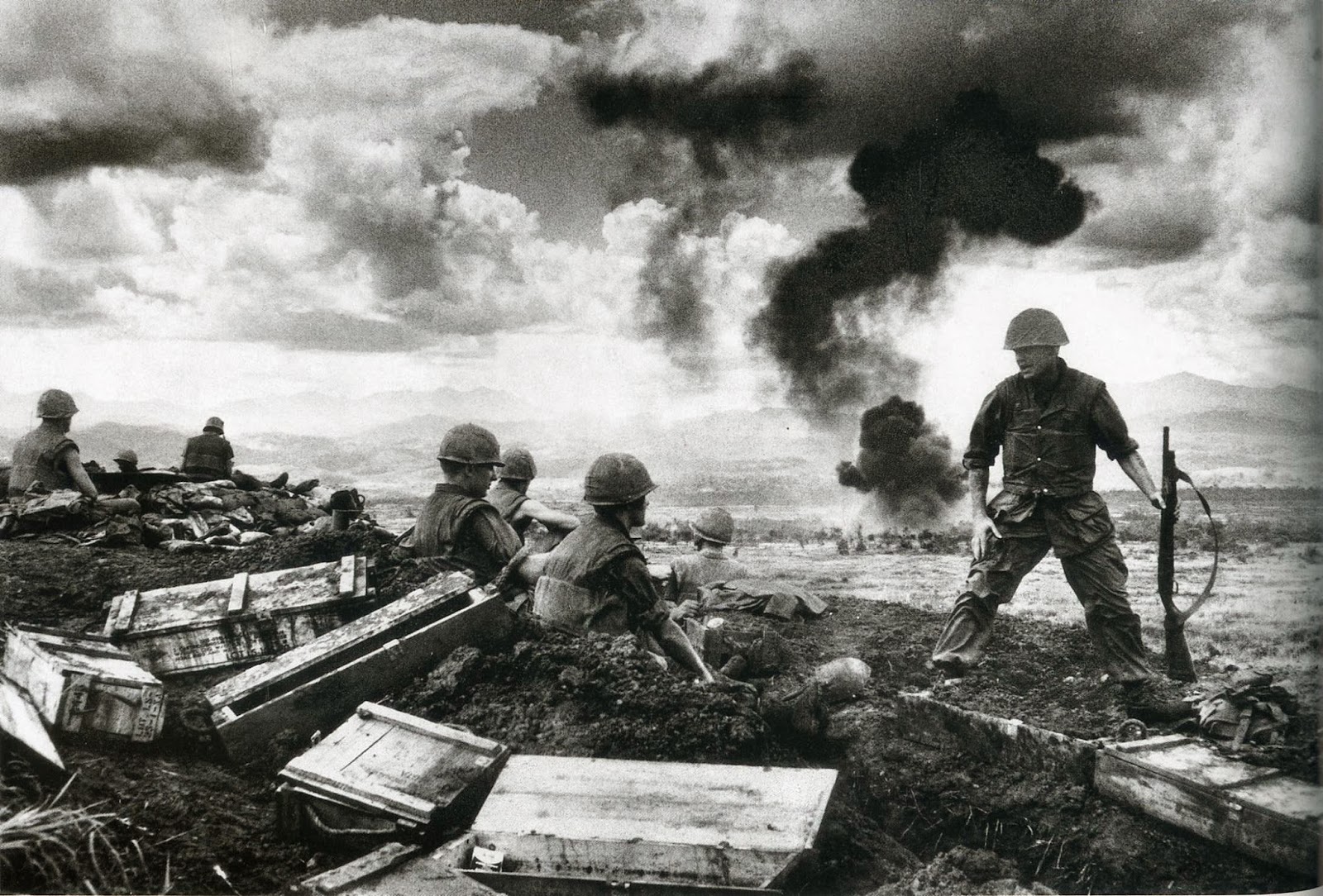














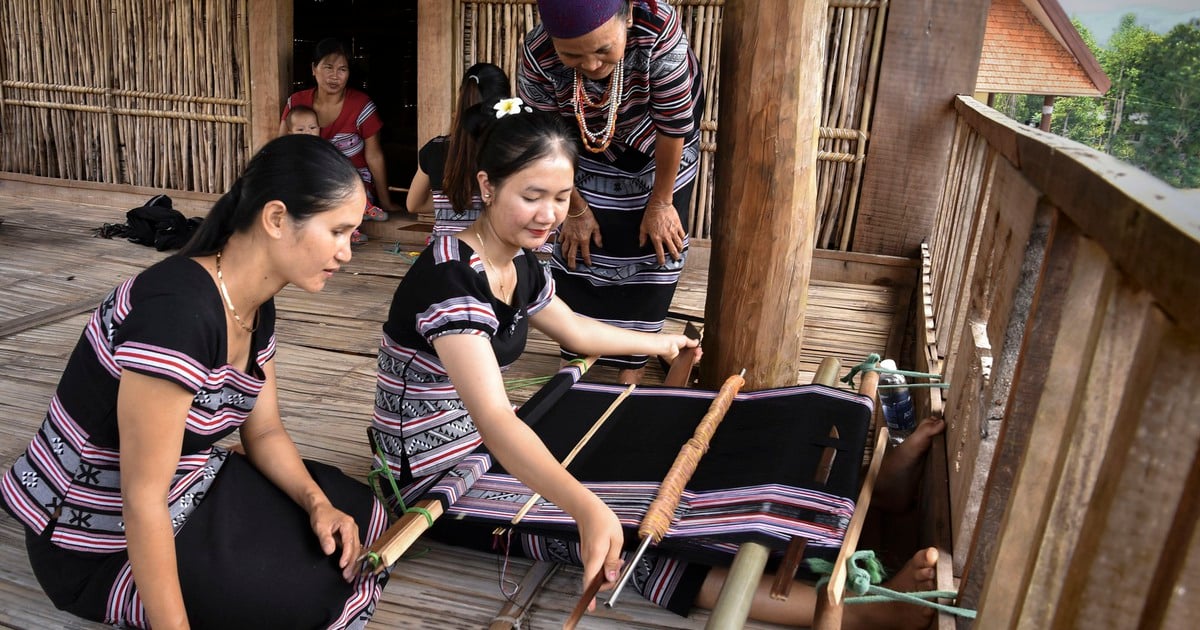


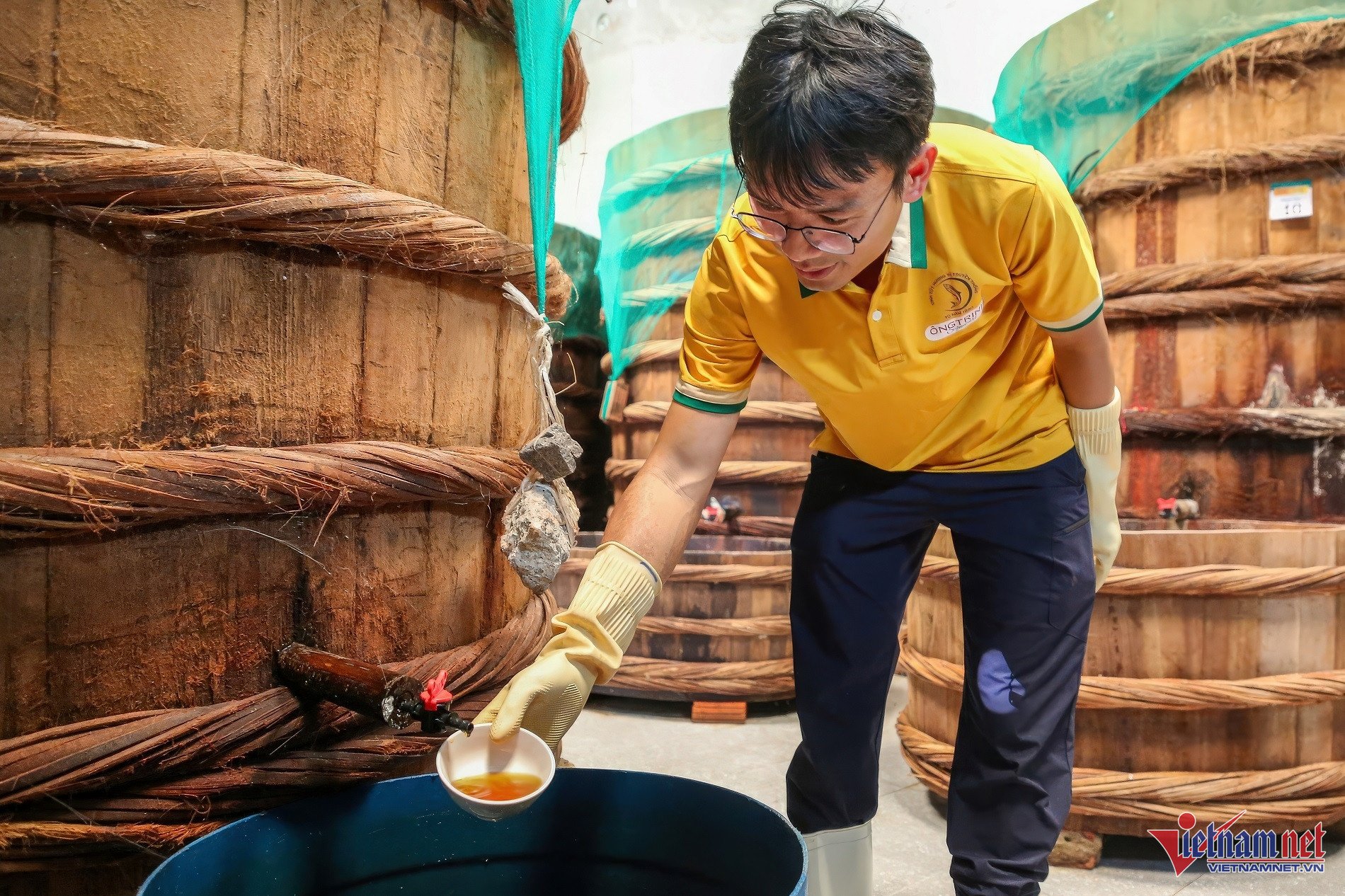







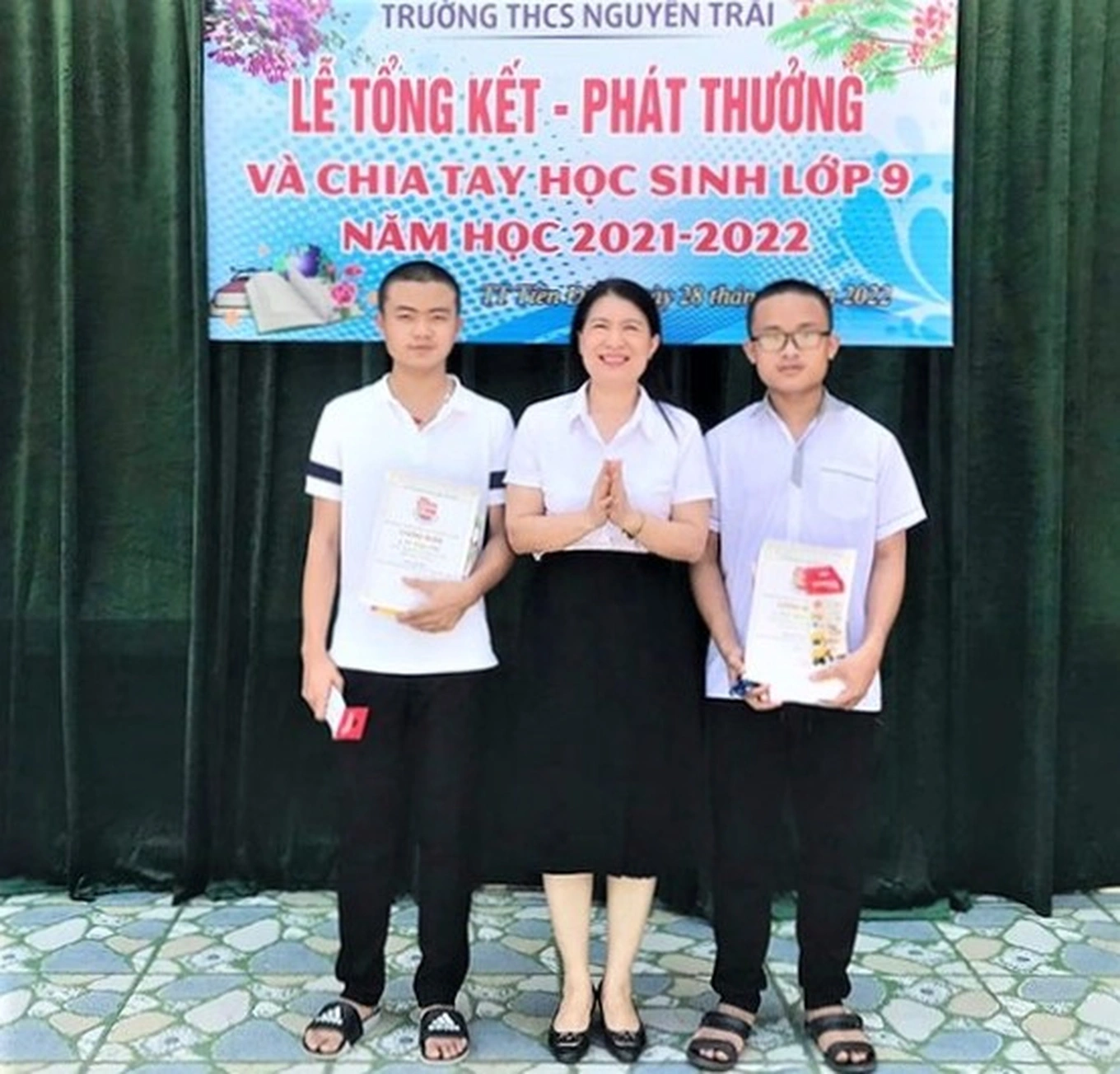

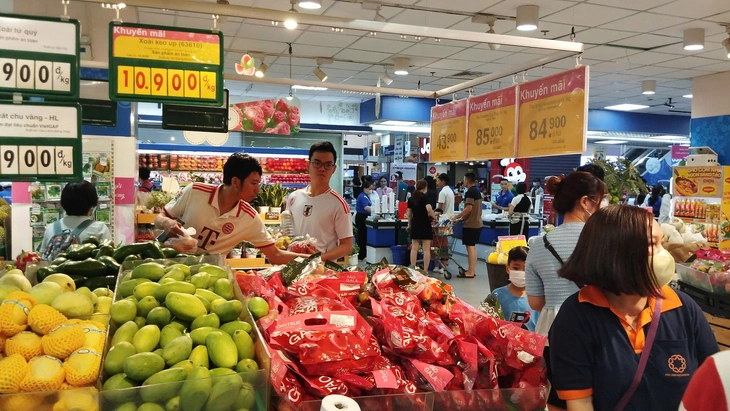




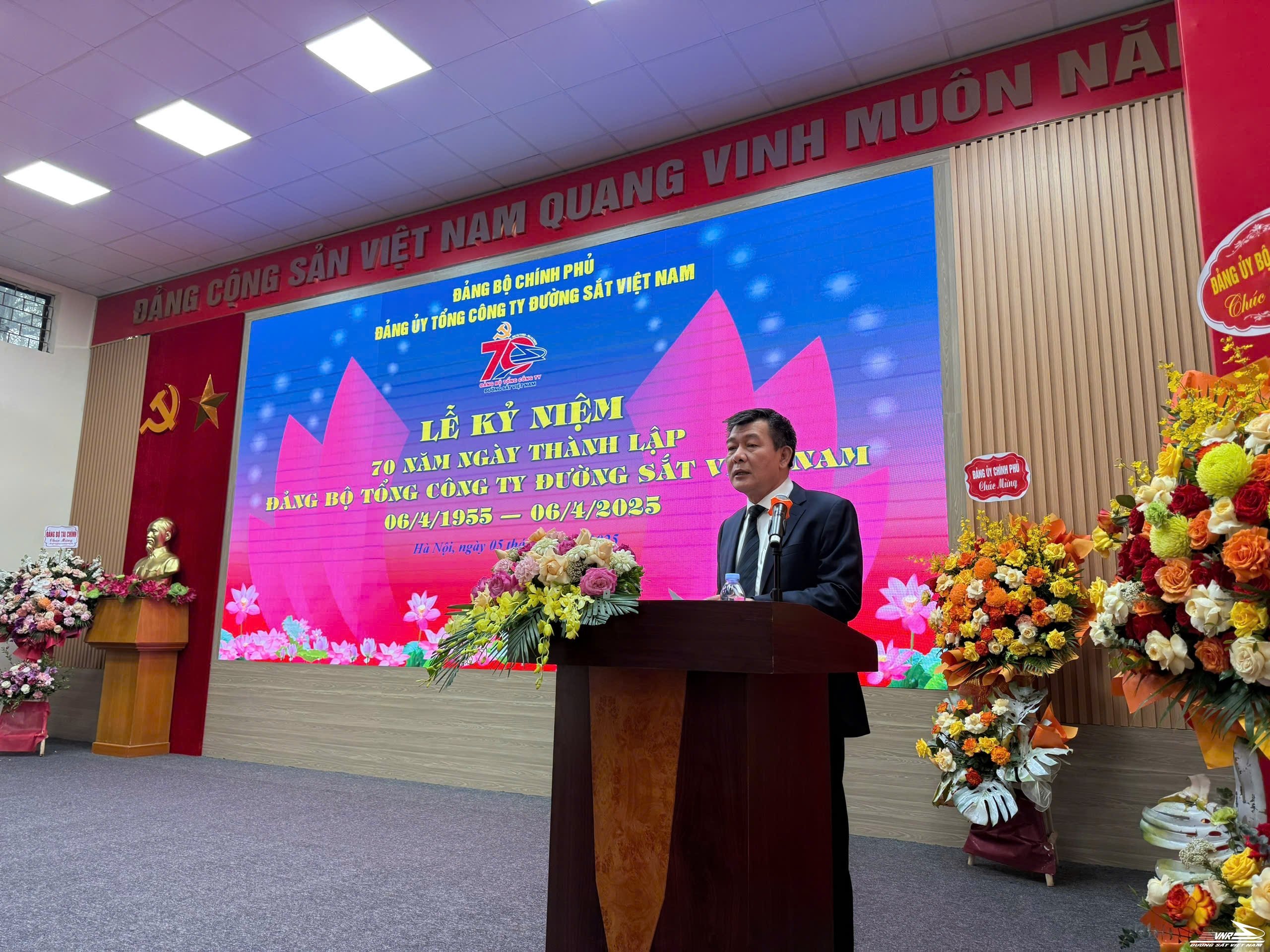


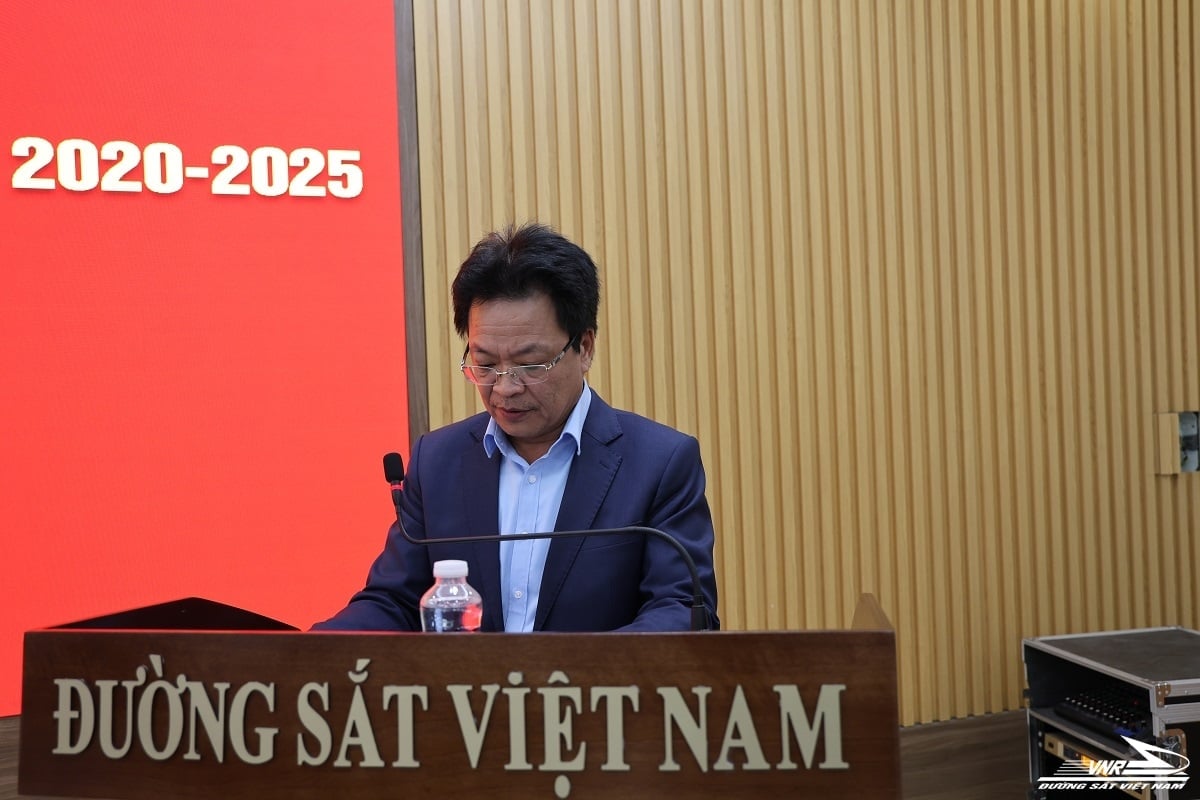

















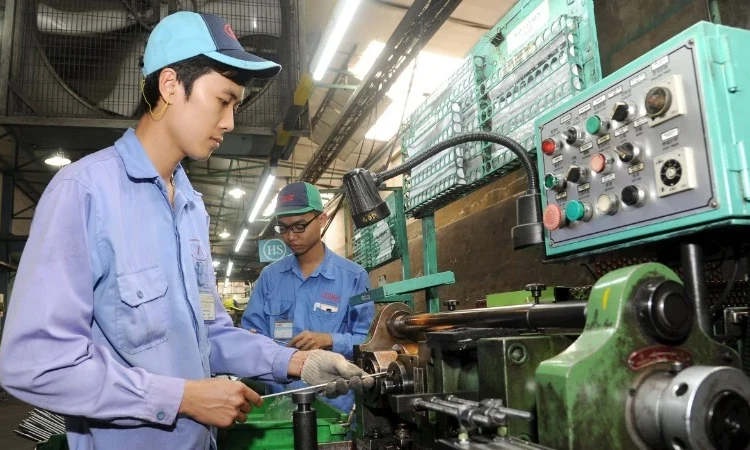




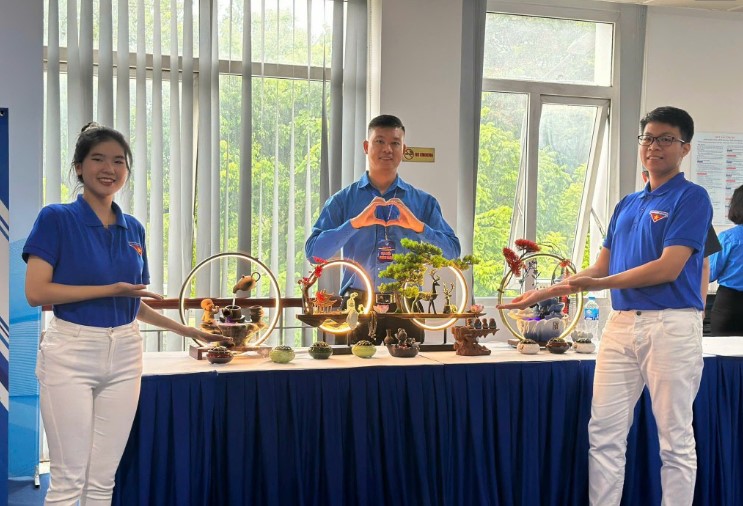
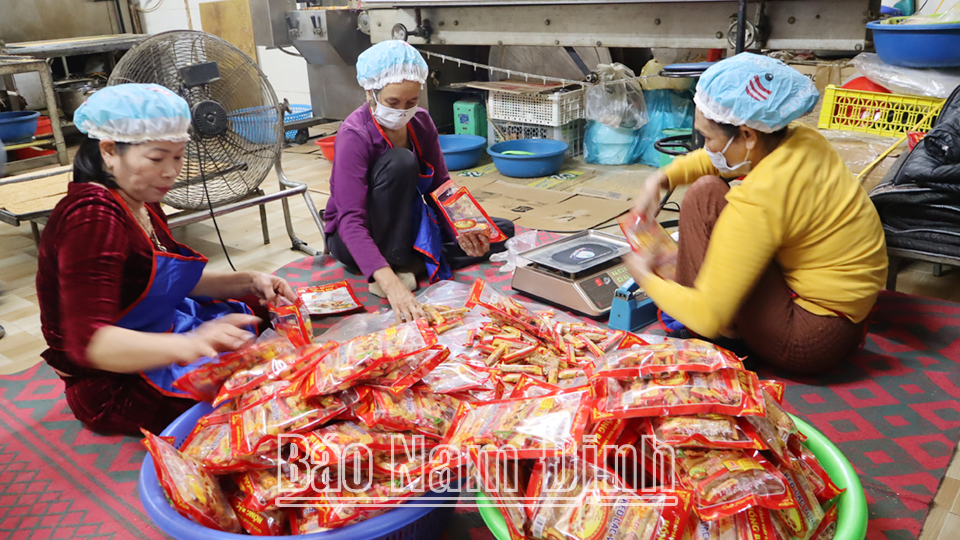





Comment (0)